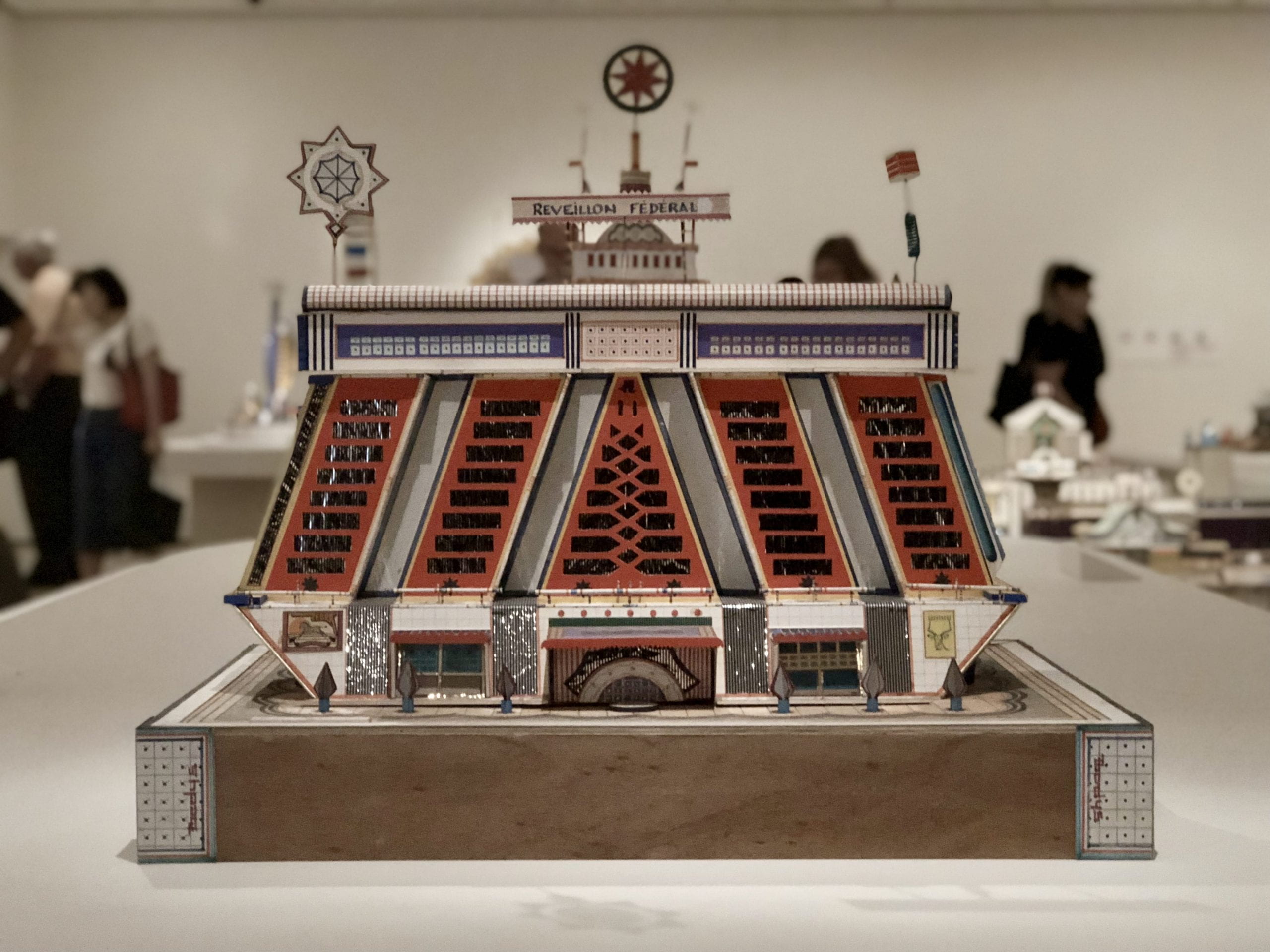Tag Modernism
All photographs by Enrique Ramirez, click to enlarge + read captions By guest contributor Enrique Ramirez There was a moment upon entering Bodys Isek Kingelez: City Dreams, currently at MoMA until January 1, 2019, when I felt as if I… Continue Reading →
by guest contributor Laura Quinton Last week, New York University’s Center for Ballet and the Arts hosted a panel, “Dance and the Intellectual: Lincoln Kirstein’s Legacy.” The event featured moderator Leon Wieseltier, former literary editor of the New Republic, along… Continue Reading →
By guest contributor Jeremy Bleeke The life and work of Medardo Rosso (1858-1928) has traditionally been divided by scholars into two phases: an initial period of creative fecundity, and a late period characterized by processes of reproduction, repetition, and copying,… Continue Reading →


